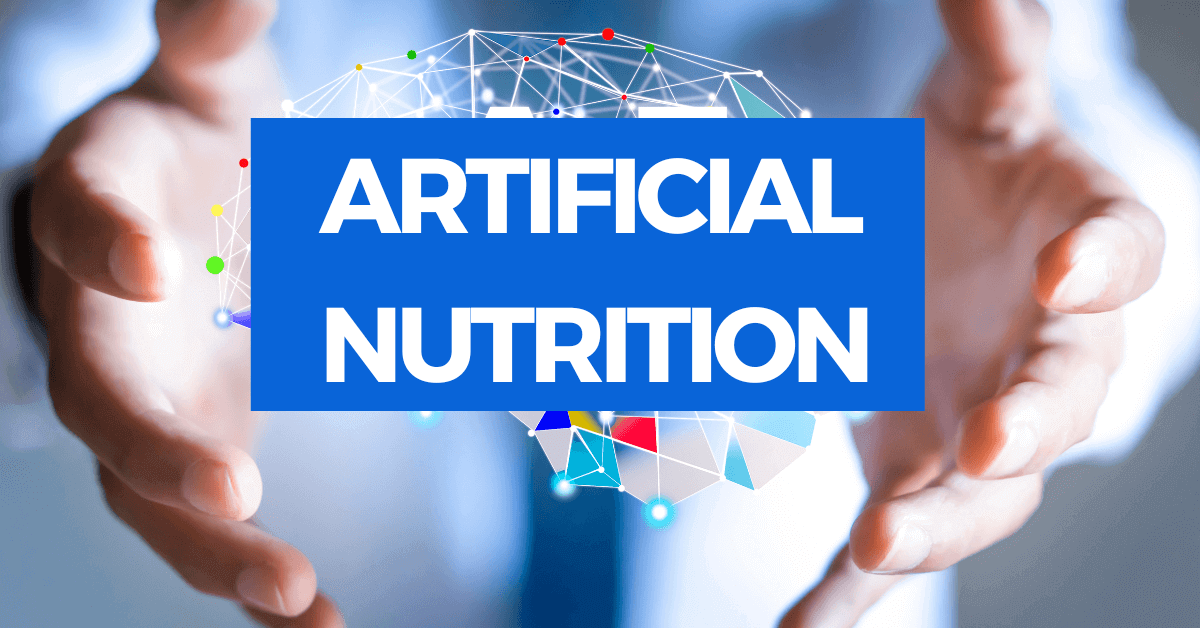Humans require oxygen to breathe and water and food to fulfill their essential functions to survive on Earth.
In some severe illness instances, patients cannot digest food and absorb nutrients using natural methods or require nutrients in quantities that can’t be obtained through conventional methods. In this case, artificial nutrition is the only option to survive.
Artificial Feeding:
Patients require artificial nutrition if they cannot consume sufficient food in their mouths or if their small intestine fails to absorb the nutrients in the food they consume.
For instance, CMA Alzheimer’s disease, CMA, or paralysis of the throat muscles could prevent normal swallowing and congenital disabilities in the throat and mouth.
For certain types of cancer, it is possible to remove the diseased small intestine. It might not allow enough space to absorb sufficient nutrients for the patient to live. Certain digestive disorders’ system effects can affect the intestinal absorption of food.
Patients might also require artificial nutrition if they’ve suffered a serious injury or infection like the large size of burns to the skin. In these instances, patients have greater demands for nutrition, and You might need synthetic supplements.
Artificial nutrition aims to supply all nutrition required to survive, particularly in children, to achieve normal growth.
Artificial feeding can help the healing of wounds and aid faster.
Better recovery following major surgery or another type of severe tissue damage, even if some drinks and food are taken since it might not supply the nutrition needed to repair.
Artificial feeding is accomplished in two ways: the food is delivered to the digestive tract, which can be taken in by the body naturally (intestinal) or right into the bloodstream (by infusion).
When should you utilize artificial feeds for enteral use (tube feed)?
If the patient’s digestive system functions properly, however, food cannot be consumed orally, for instance, in cases of coma or respiratory machines.
How is artificial enteral feeding achieved?
It’s achieved by passing a fine-lumen tube through the nose of the patient and into the stomach or the upper part of the small intestine.
If the length of the time is determined, the tube will be substituted by the gastric tube. It is introduced through a tiny surgically-made hole that is created through the skin of the abdomen into the stomach.
Suppose the person’s gastrointestinal system is being affected by disease or surgery. In that case, It is possible to get it removed by placing an intestinal tube in the lower portion of the small intestine.
Benefits in tube-feeding
The primary reason to use the enteral route is the food is transported to the small intestine, which is the natural method for absorption of nutrients. This could increase the ability of the gut to fight infections and is vital for patients who suffer from low immunity.
This type of artificial nutrition can reduce problems in the access of the patient’s veins and has a lower chance of getting ill than parenteral nutrition.
- Tube feeding risk
- The tube could be moving
- Leak Hazards
- tube obstruction
- infection
- The sensation of pain and discomfort is common in conscious patients
Intravenous artificial feed
Suppose it’s not feasible to introduce nutrition into the gut of patients with an intestinal disorder or who have had major surgery to the intestine or surgery. In that case, they may require the help of a parenteral nutritionist.
When using this type of artificial nutrition, nutrients are injected directly into the bloodstream. Tiny tubes are installed in a vein at the neck or over the collar bone using a catheter.
The procedure of inserting this tube is extremely sophisticated and might need surgery performed under general anesthesia.
Advantages of nutrition for children
The central venous cannula could be linked to various complications, including blockage of the catheter. In this case, it needs to be replaced, or a condition that requires eliminating the tube until the infection is effectively treated.
The likelihood of developing this complication grows with time as access to a suitable vein becomes increasingly difficult when potential sites for placement of catheters are utilized. It is particularly true for children.
Greater chance for clots.
Due to these issues, This procedure is applied to patients with excessive calorie needs and a functioning digestive tract. This can also be utilized in children who have difficulty absorbing the idea of eating through the intestines.

